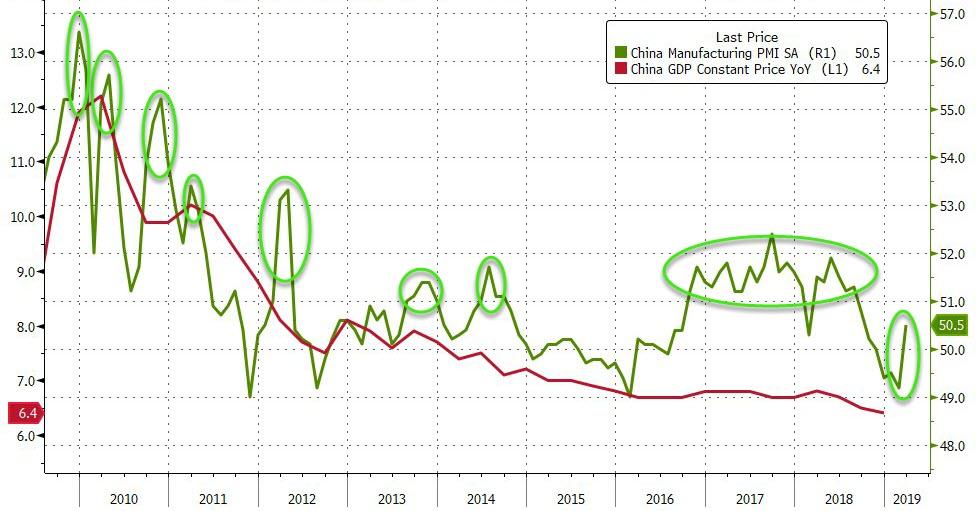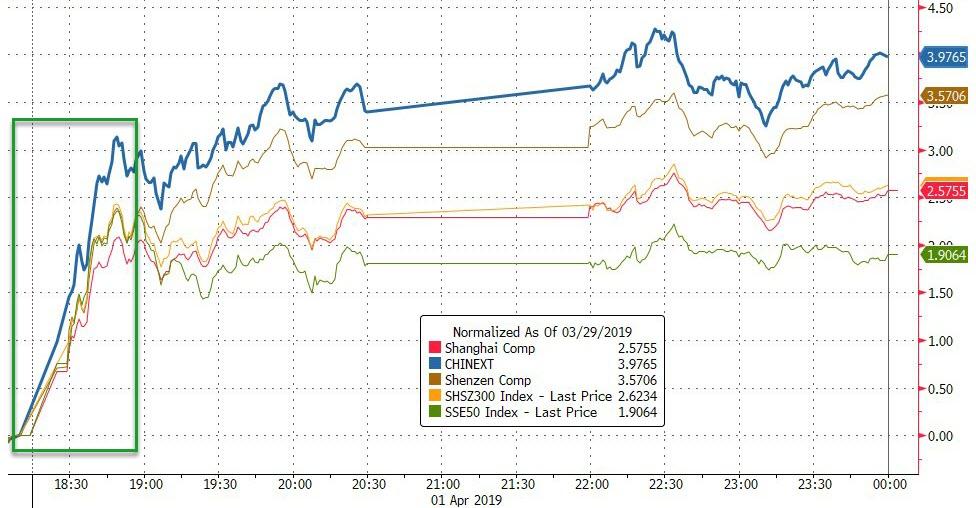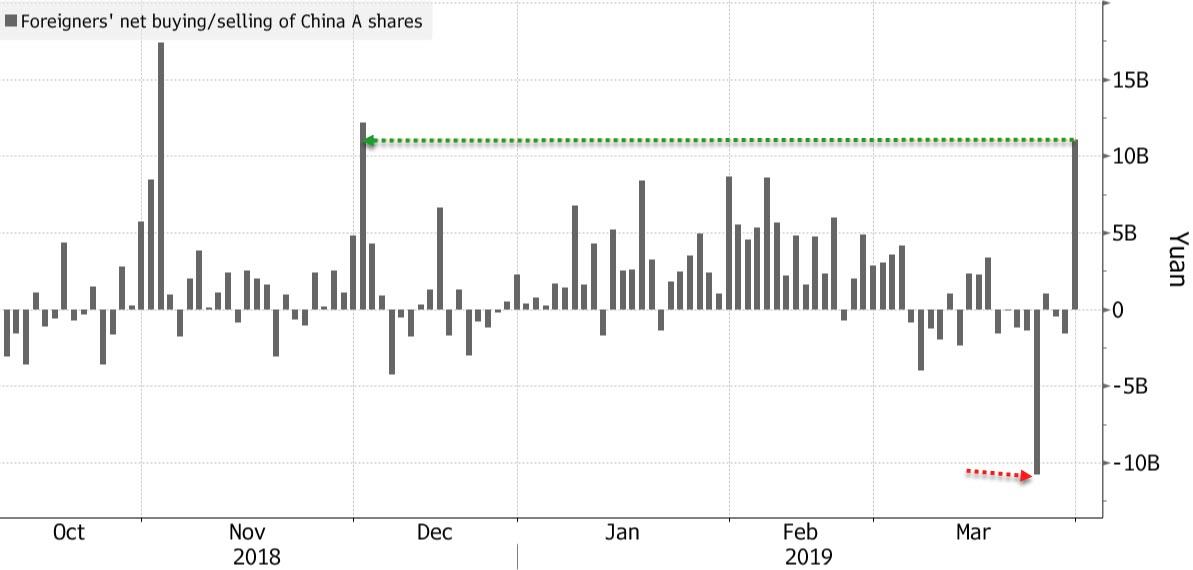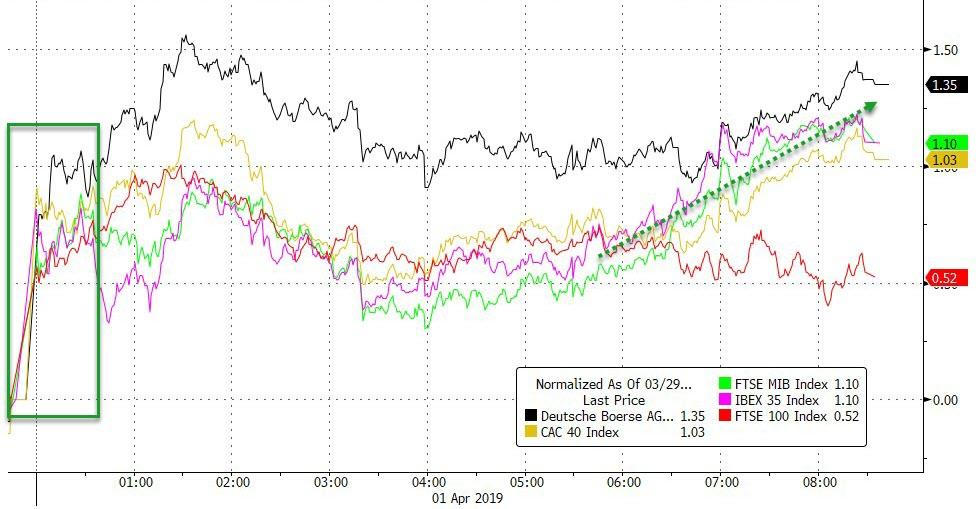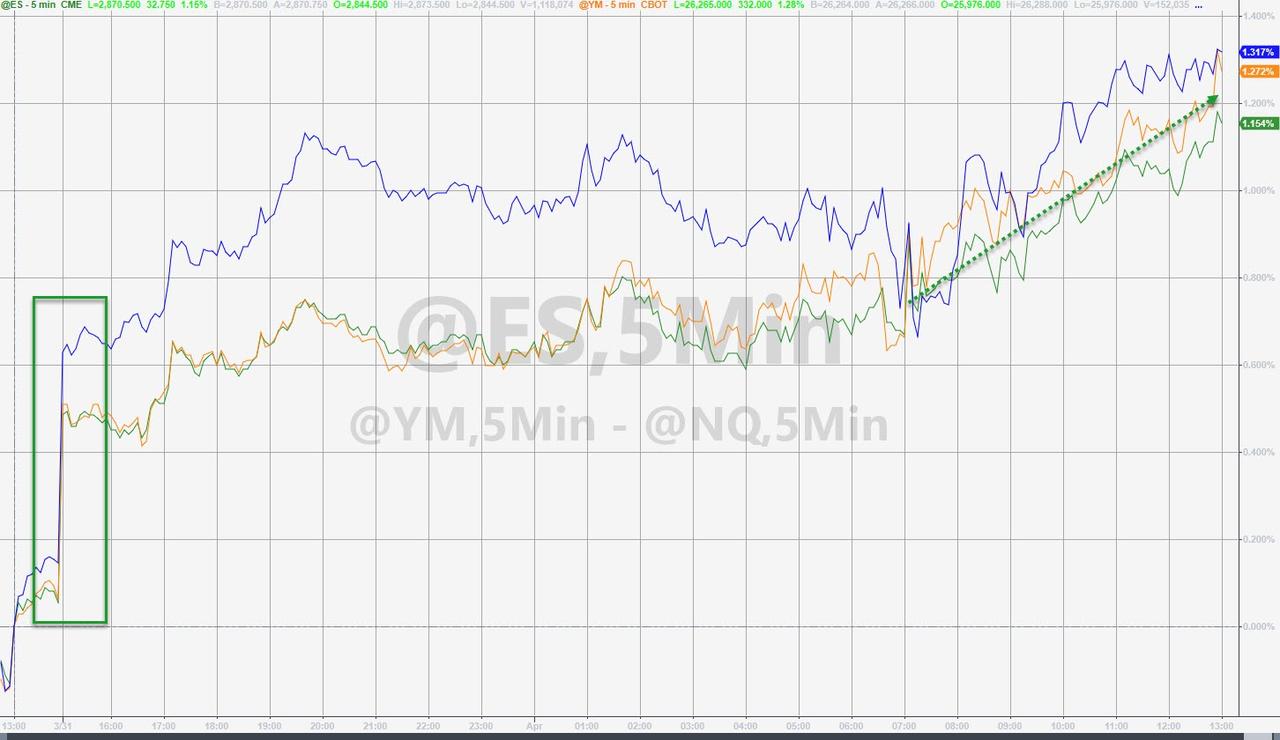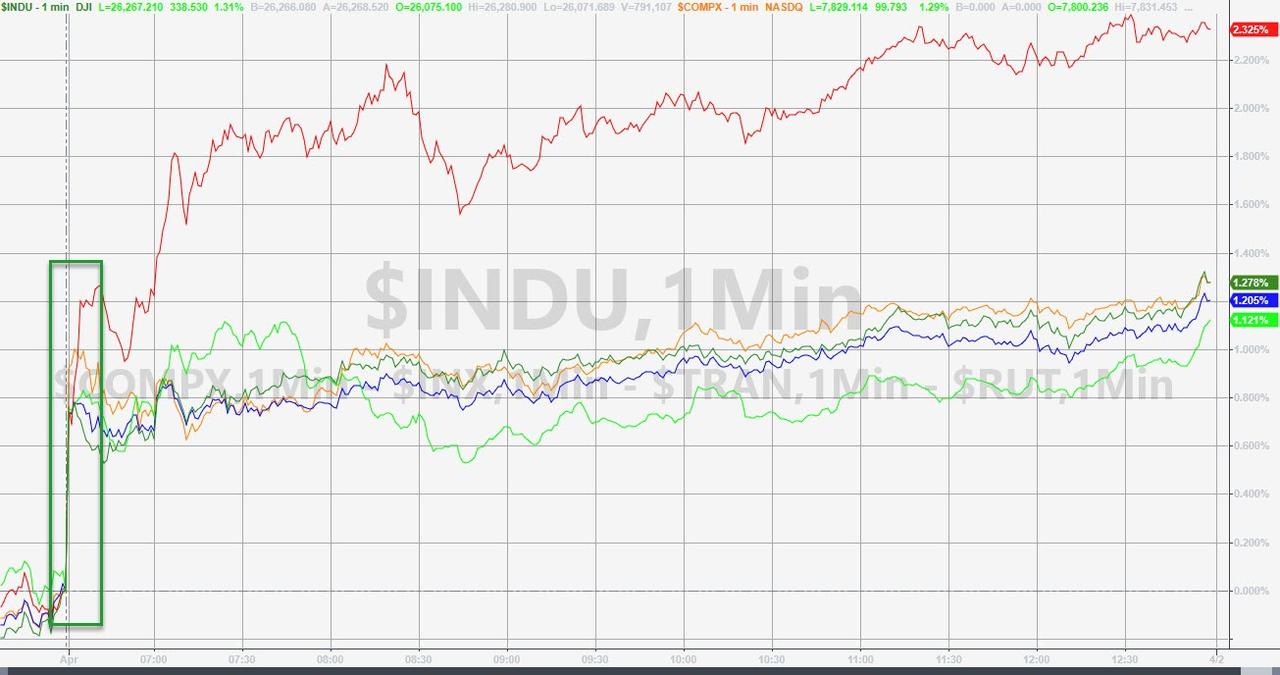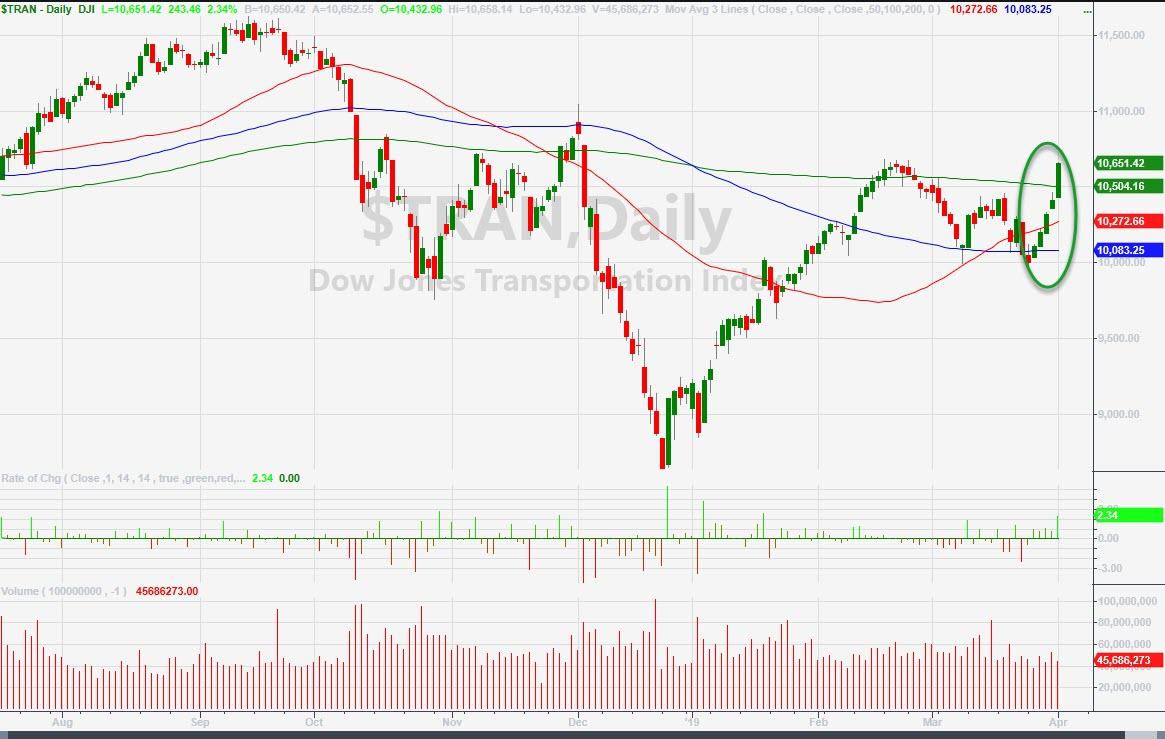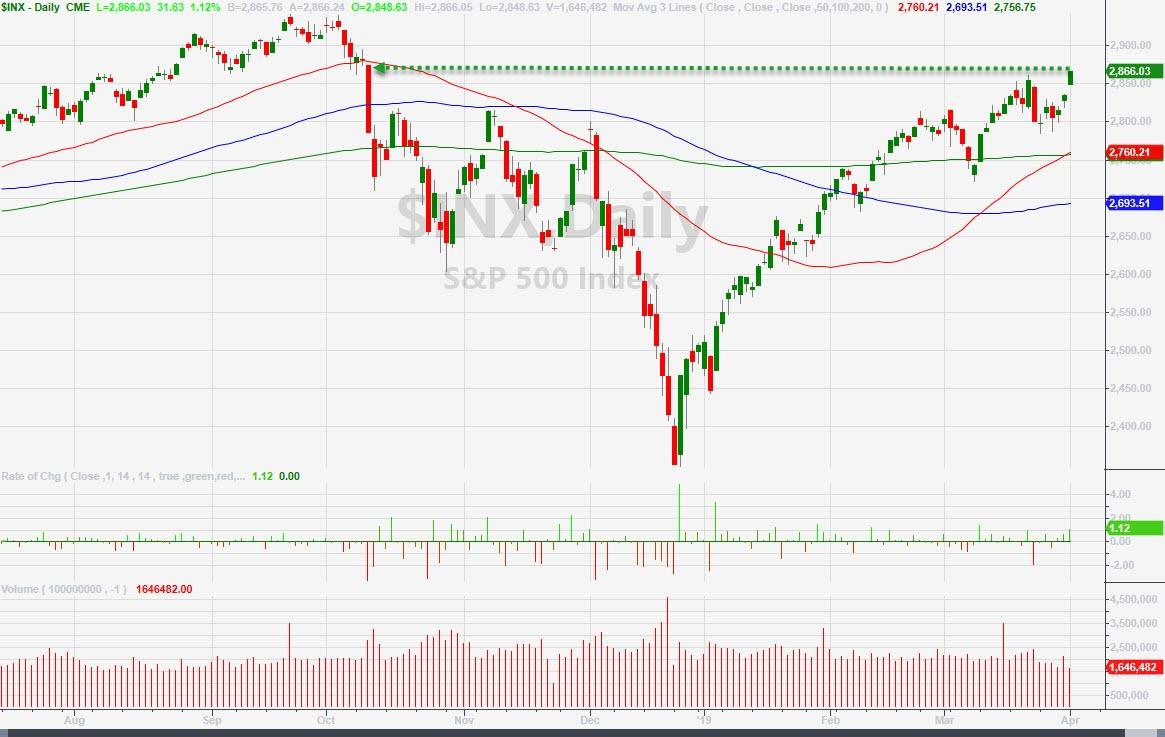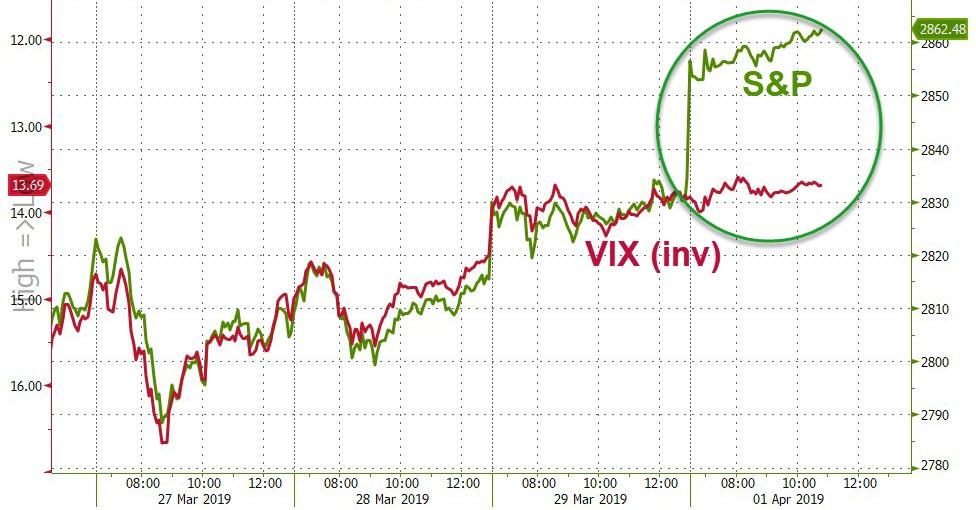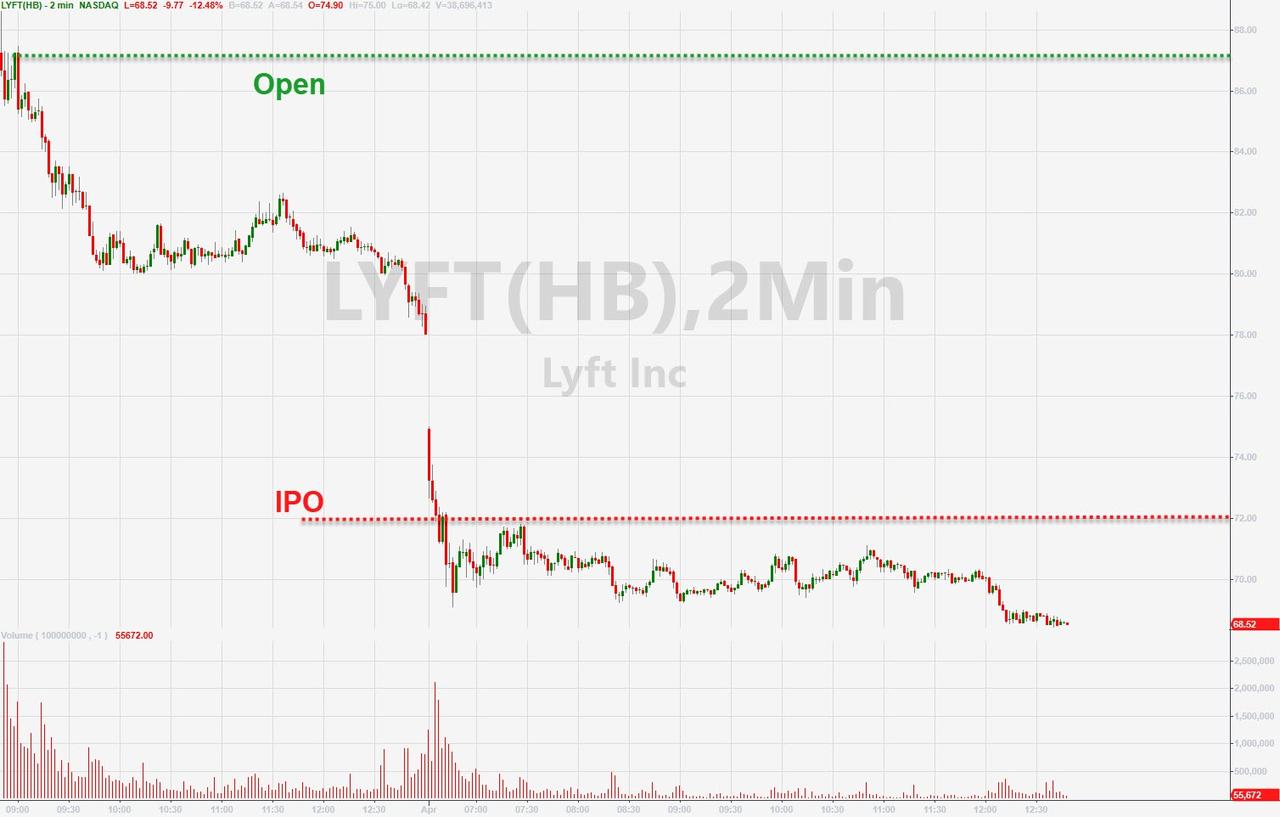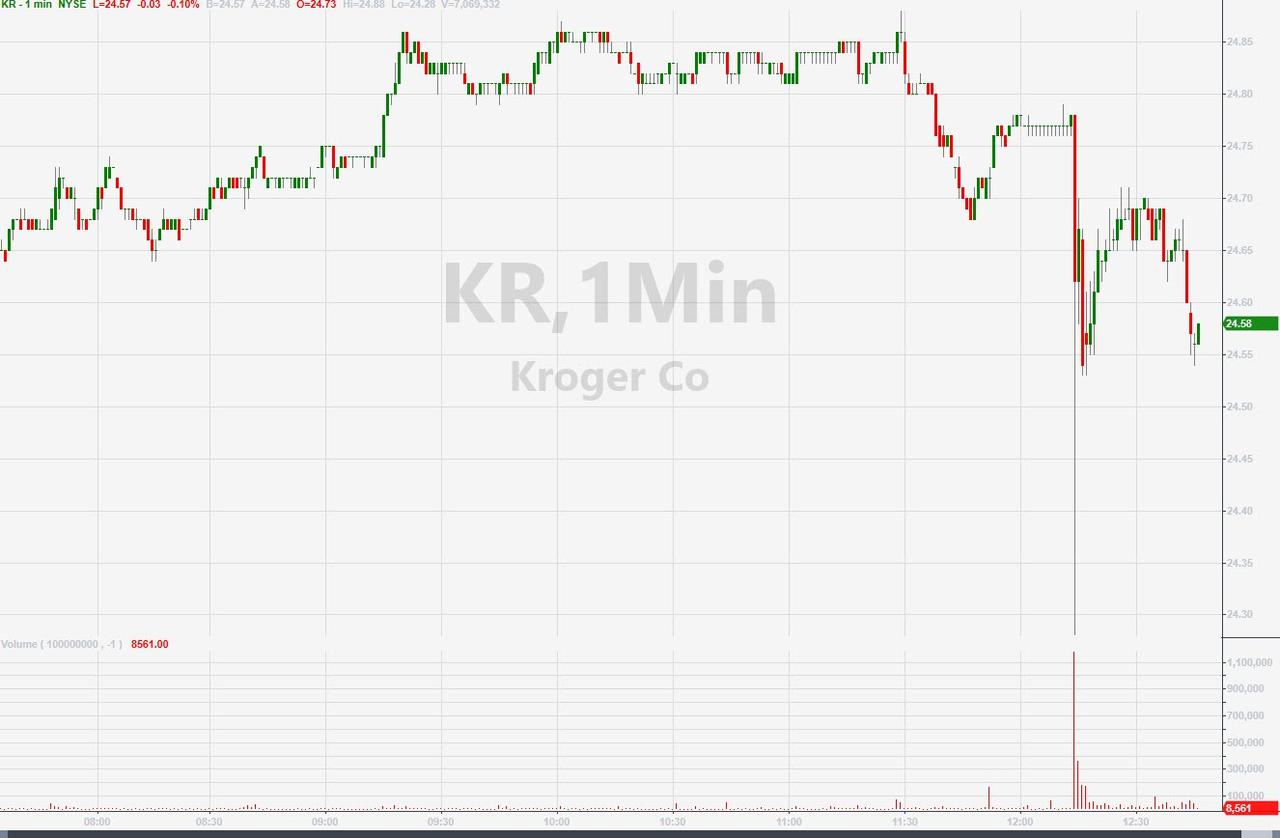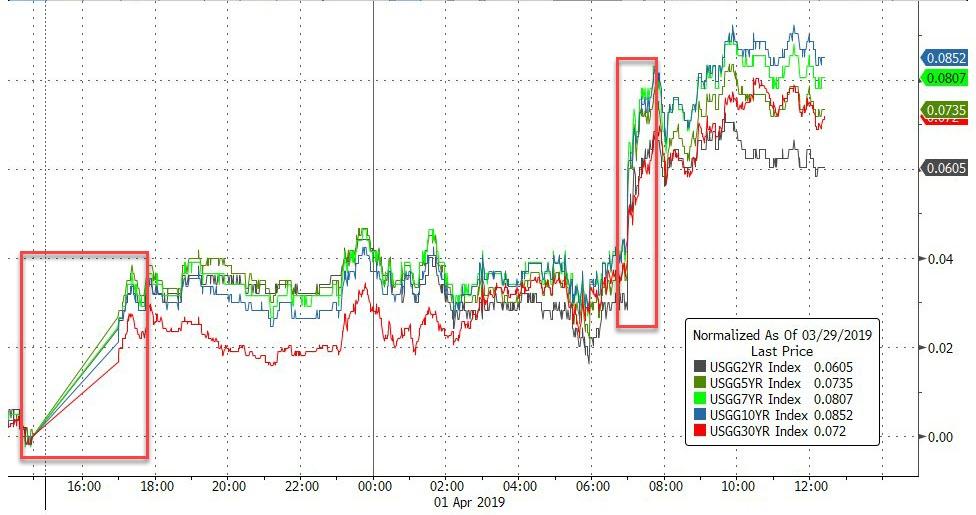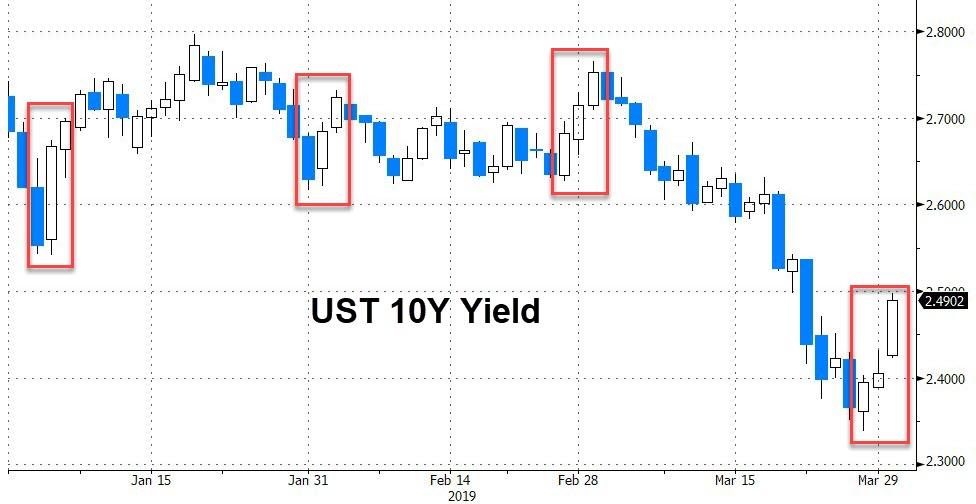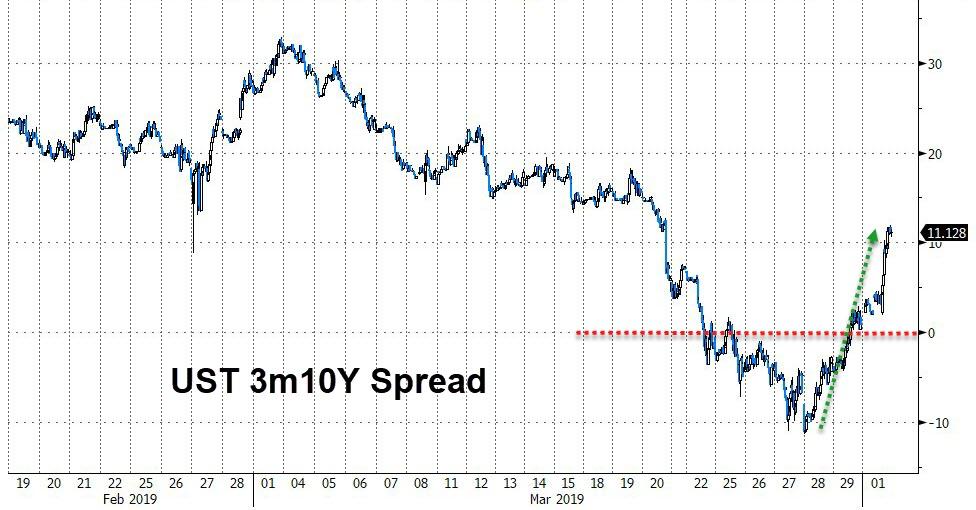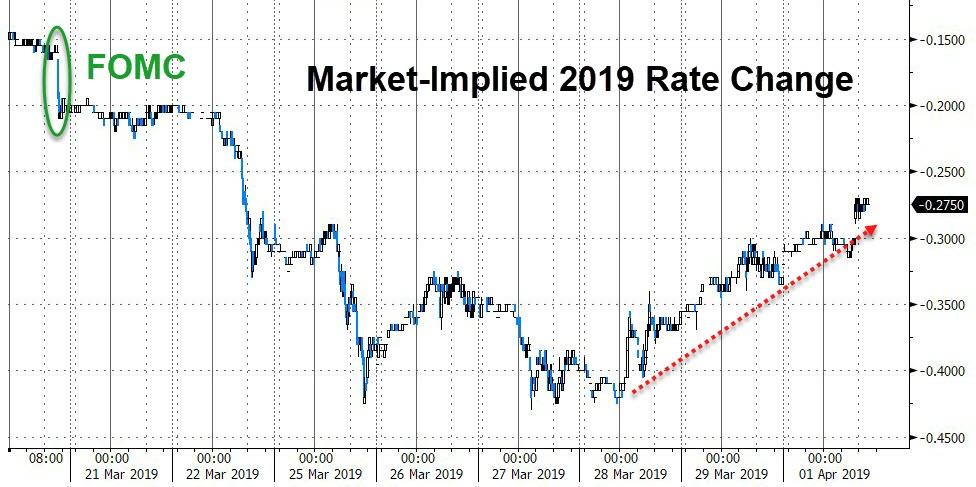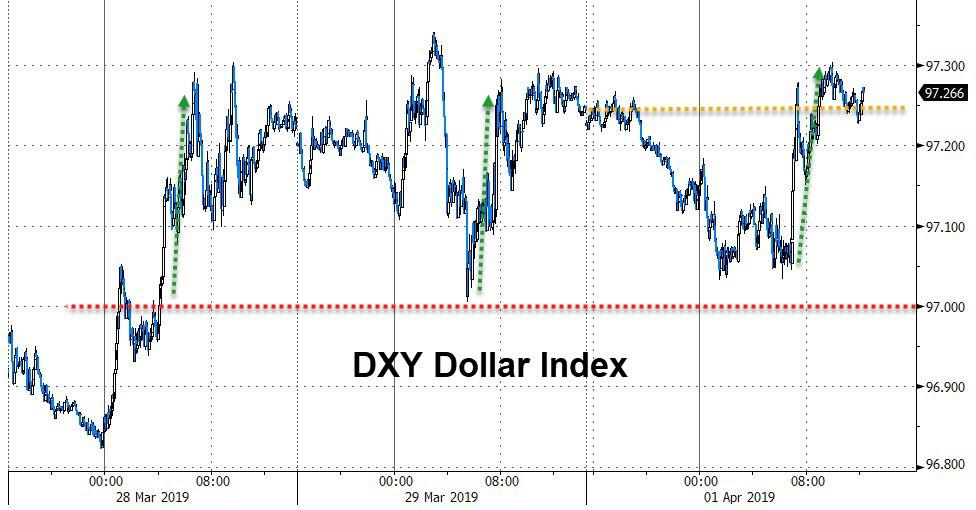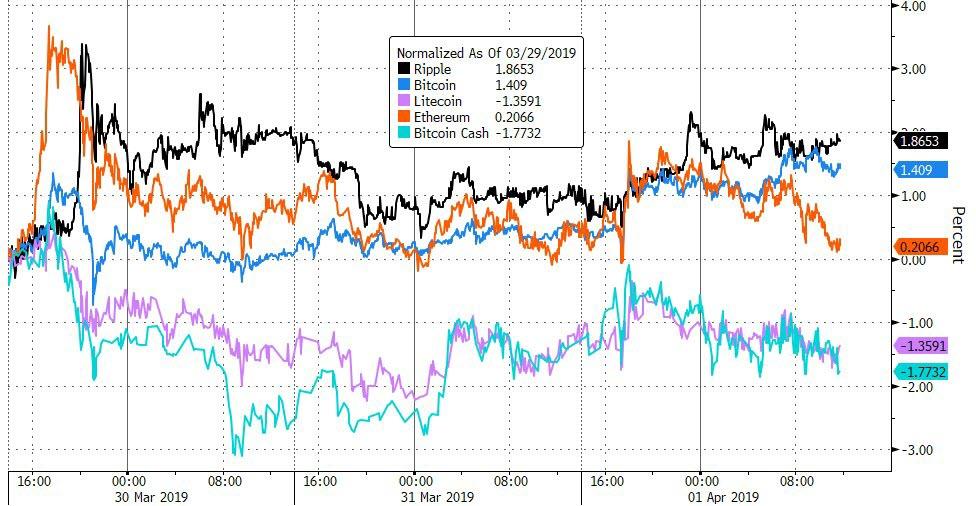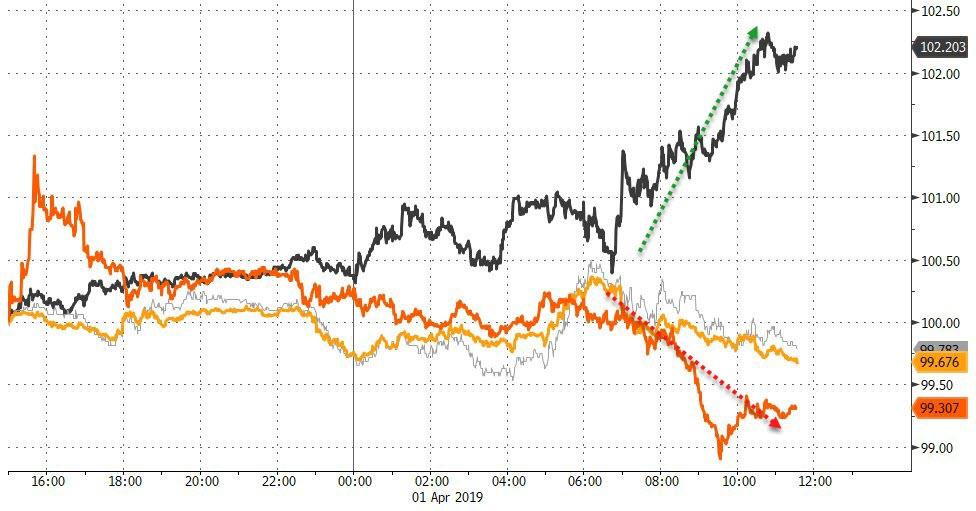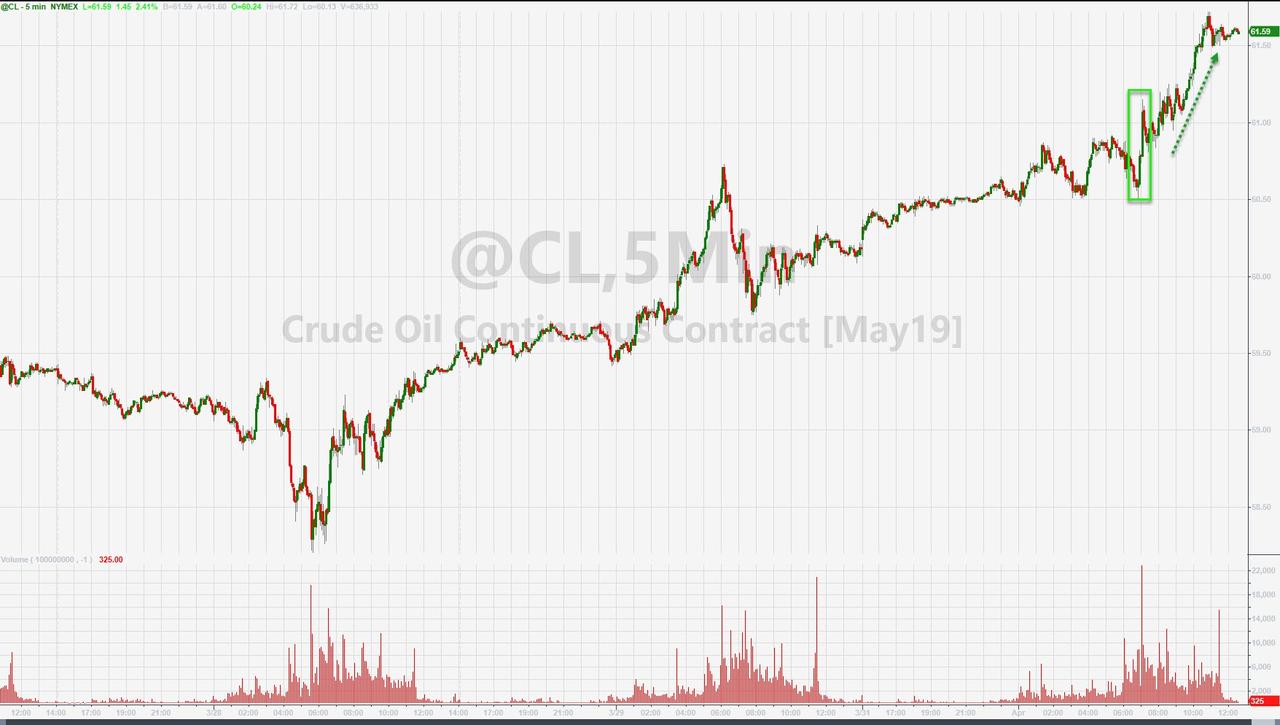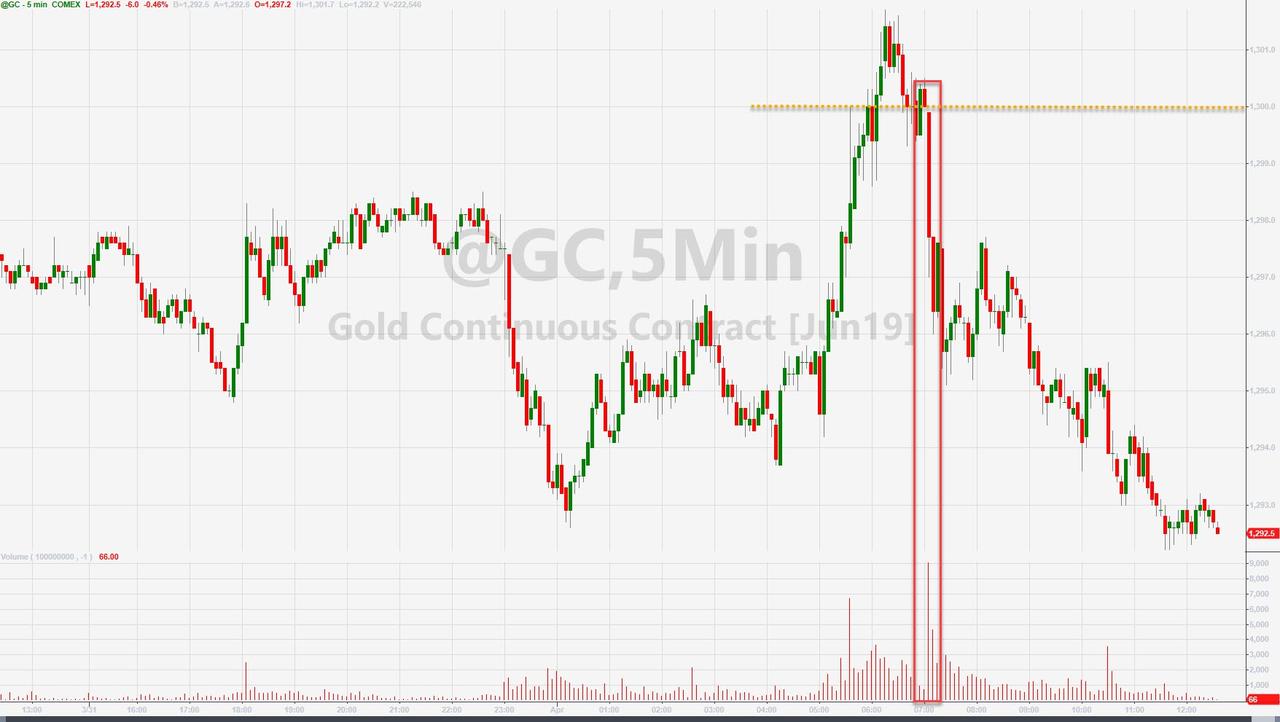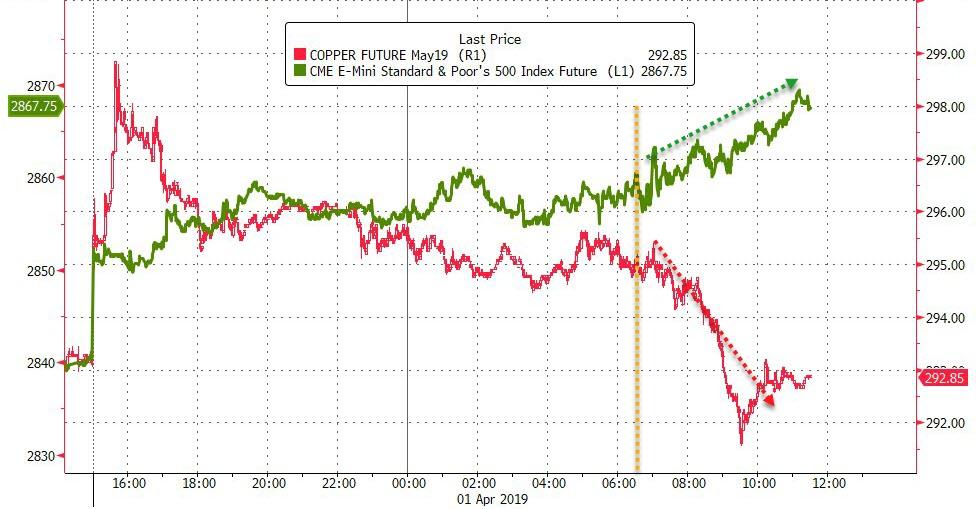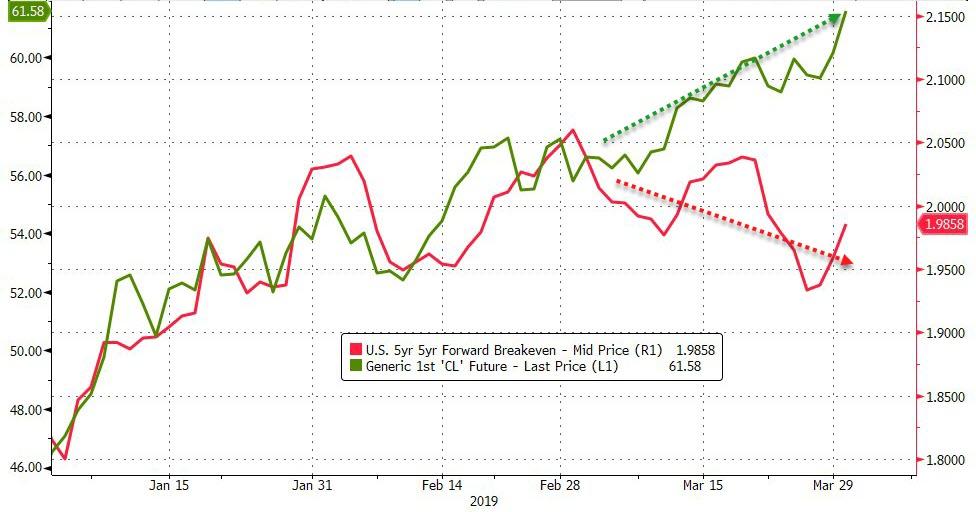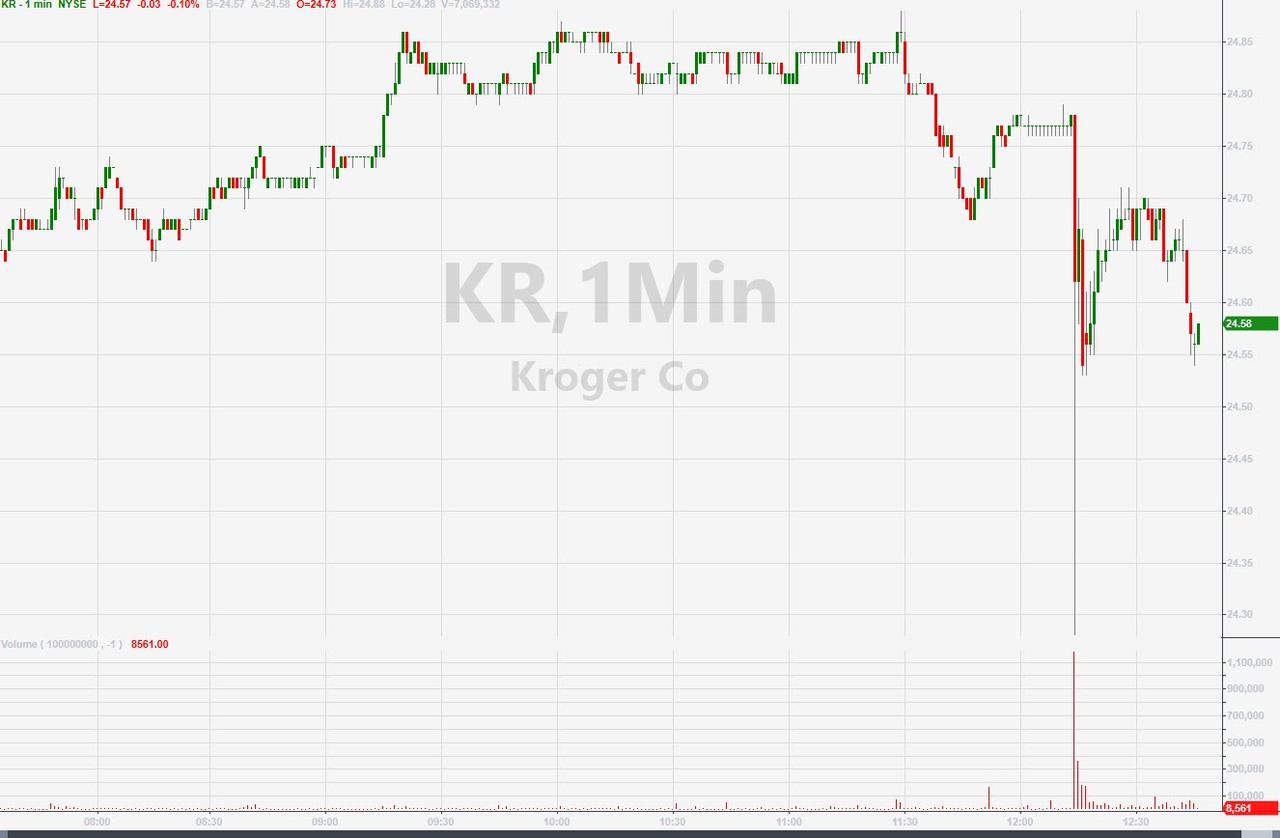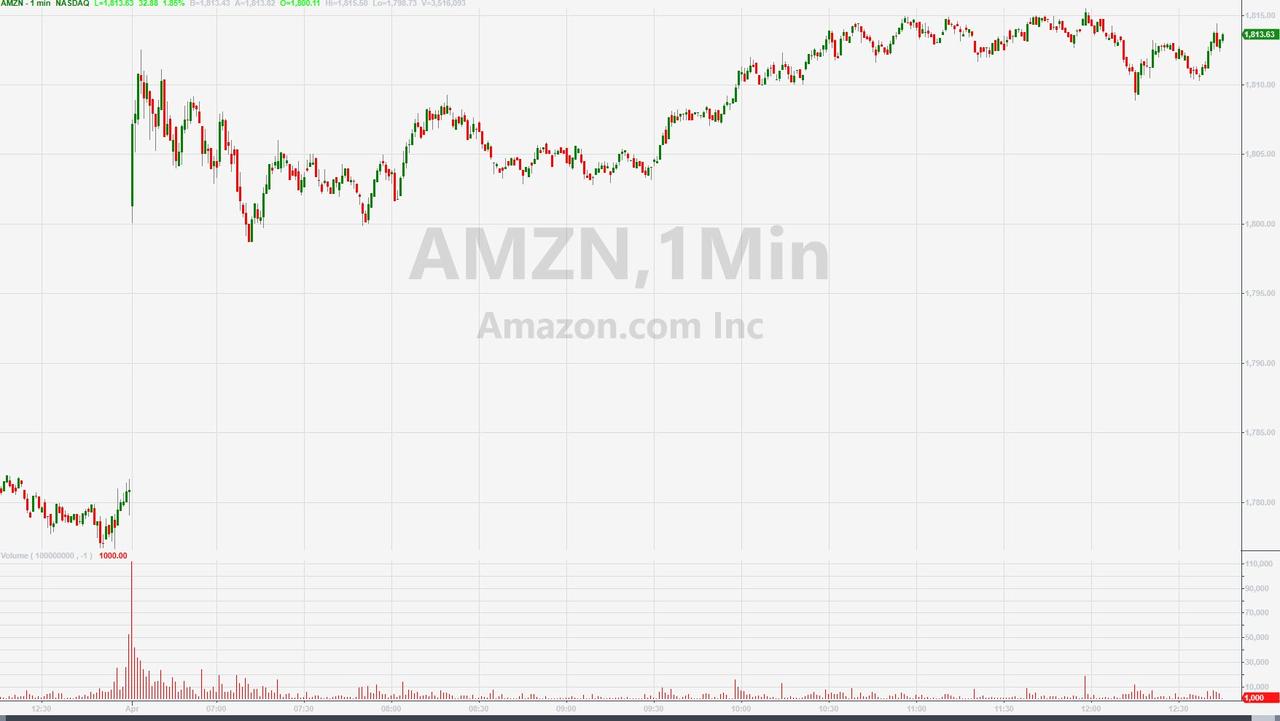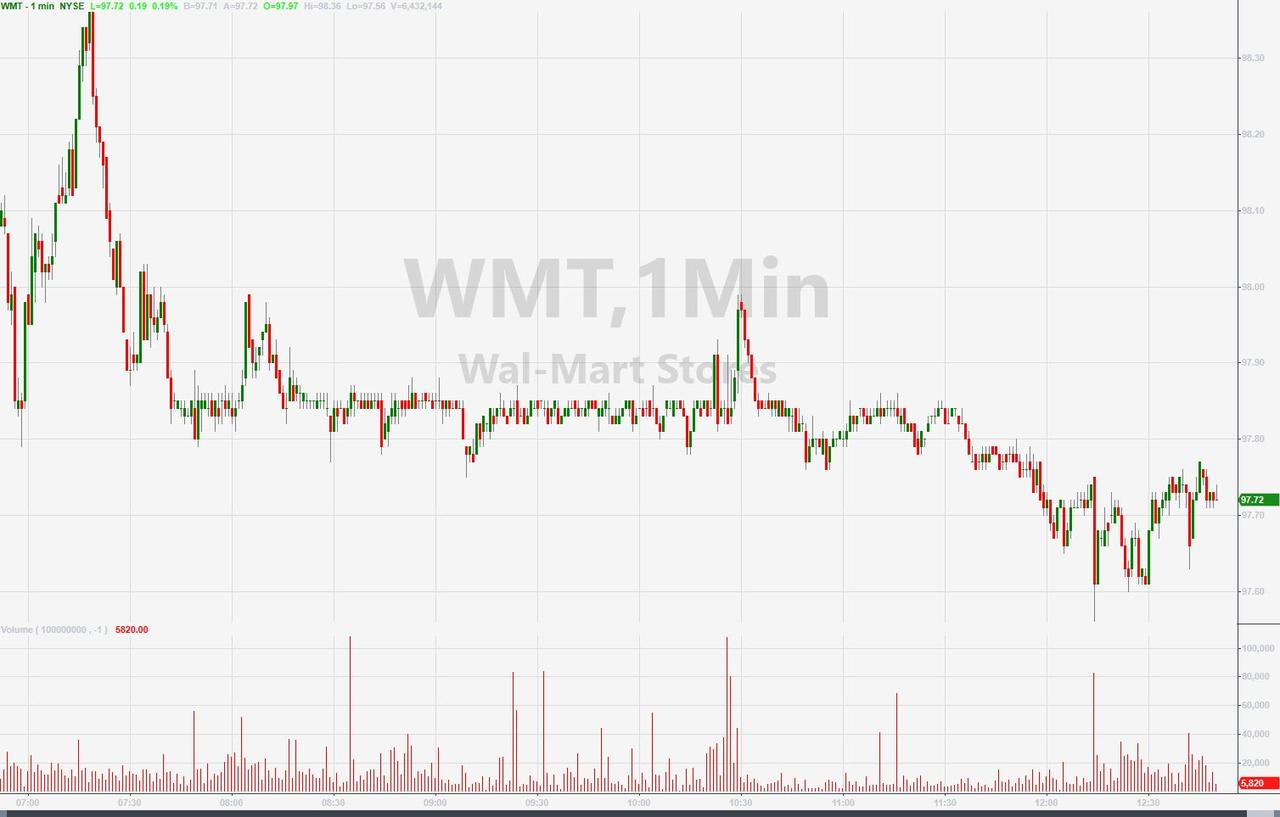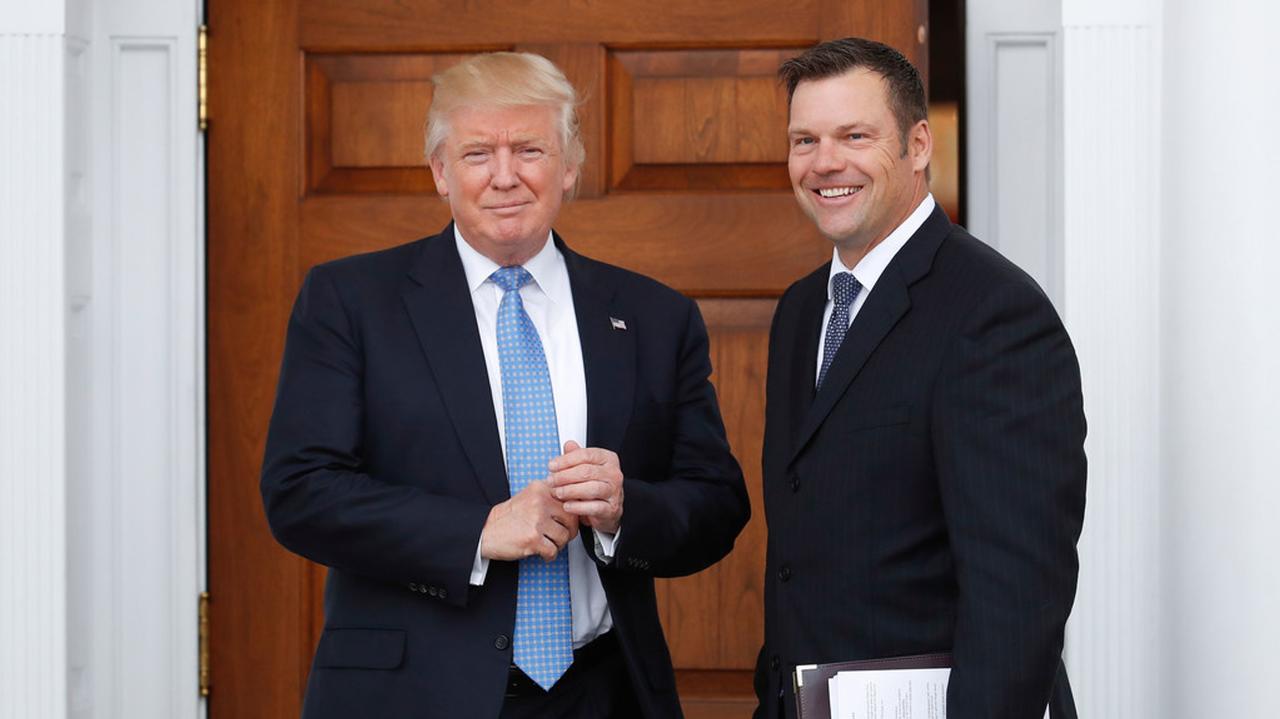Nearly nine years have passed since the May 6, 2010 flash crash – when the Dow plunged nearly 1,000 points within minutes, before swiftly recovering most of the loss – yet the scapegoating of those alleged to be responsible by the CFTC continues.
The trial of a Chicago programmer who allegedly created the software used by Navindar Singh Sarao, the “flash crash trader” who pleaded guilty in November 2016 to one count of wire fraud and one count of spoofing futures markets, began on Monday, with Sarao expected to testify as the prosecution’s key witness.
Jitesh Thakkar, who is being charged with conspiracy to manipulate markets, never placed any trades. Prosecutors are claiming that the conspiracy occurred between 2011 and April 2015, beginning with an email exchange with Sarao where he agreed to build the software. For those keeping score at home, this means that Thakkar’s alleged misbehavior occurred after the 2010 crash (though, to be fair, there have been several similar ‘flash crashes’ since, including the Aug. 24, 2015 ‘flash crash’ where the Dow dropped 1,100 points during the first five minutes of trading.
Nav Sarao
According to Bloomberg, the program Thakkar created for Sarao had a “back of the queue” function that automatically delayed the execution of the spoofed orders for S&P 500 futures contracts on CME Group Inc.’s Globex trading platform. After placing the spoofed orders, Sarao would open positions intended to profit off these orders, before cancelling them. Spoofing became a crime in the US with the passage of Dodd-Frank.
Thakkar isn’t the first programmer to become embroiled in a spoofing case, as BBG explains. Some suspect that a programmer who testified against convicted spoofer Michael Coscia would have been indicted if he hadn’t agreed to testify. Though Thakkar will be the first non-trader prosecuted under the Dodd-Frank law.
The first person convicted of spoofing was Michael Coscia. During his 2015 trial, the programmer who designed the algorithm Coscia used was a key prosecution witness. Some legal experts speculated the programmer might have been charged had he not agreed to testify. Prosecutors have indicated that traders aren’t their only targets when it comes to market manipulation cases.
By prosecuting Thakkar, prosecutors said they’re hoping to send a message.
“We will also seek to find and hold accountable those who teach others how to spoof, who build the tools designed to spoof, or who otherwise aid and abet the wrongdoing,” the US Department of Justice said in a statement announcing the criminal charges in January 2018 against eight individuals, including Thakkar. “The government wants to send a message that you have to be careful how you design these programs” for traders, Wayne State’s Henning said. If Thakkar is found not guilty, the message will be that “you have to be careful about how you design these programs, but you don’t really have much to worry about,” he said.
Fortunately for Thakkar, the bar for a conviction is high. To convince the jury that Thakkar is guilty, prosecutors will need to prove that he knew he was participating in an illegal scheme to dig markets.
Sarao, who hasn’t given any interviews since his guilty plea, earned (and was later scammed out of) tens of millions of dollars trading from his parent’s home outside London. He is cooperating with authorities to try and earn as light a sentence as possible, though he has been banned from trading for life.
Meanwhile, HFT traders on Wall Street have been largely ignored by regulators as the scapegoated Sarao, who made just under $1 million on the day of the flash crash, a pittance in the grand scheme of things. Though a former programmer for Goldman Sachs was famously convicted, then vindicated, then convicted again for “stealing” code, including some of the bank’s HFT strats.
via ZeroHedge News https://ift.tt/2CMD5CA Tyler Durden

 A 12-year-old Michigan boy has taken it upon himself to do what the government can’t seem to manage.
A 12-year-old Michigan boy has taken it upon himself to do what the government can’t seem to manage.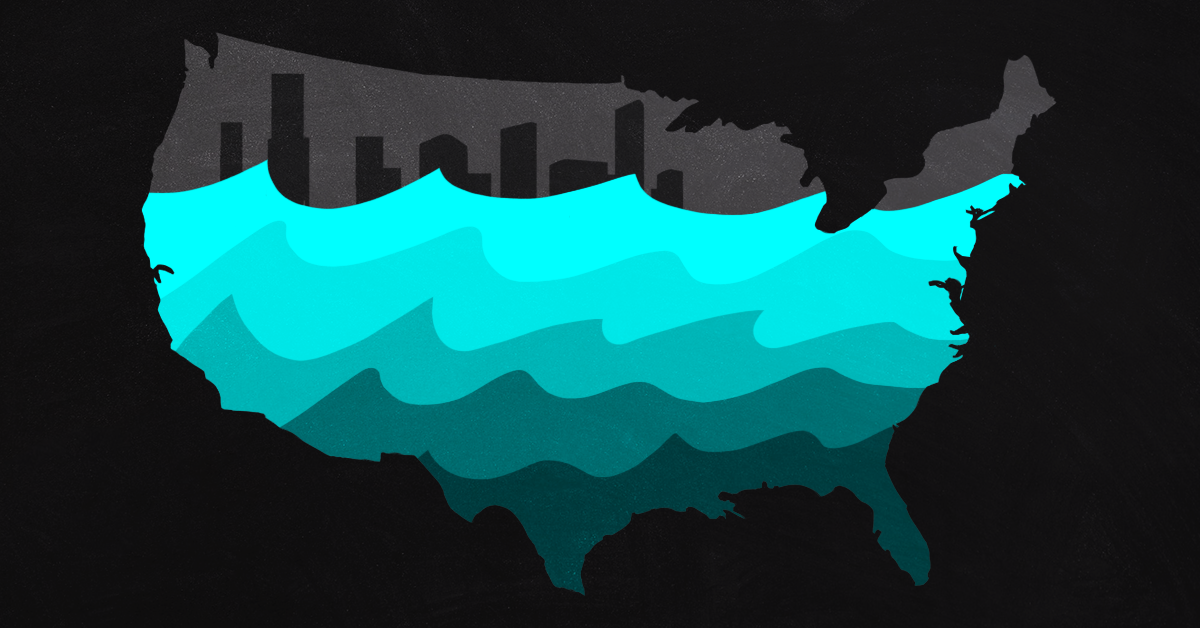


 The story of Depression-era outlaws Bonnie and Clyde has been told many times, in just about every conceivable perspective, except one: that of the law enforcement officers who pursued them.
The story of Depression-era outlaws Bonnie and Clyde has been told many times, in just about every conceivable perspective, except one: that of the law enforcement officers who pursued them.
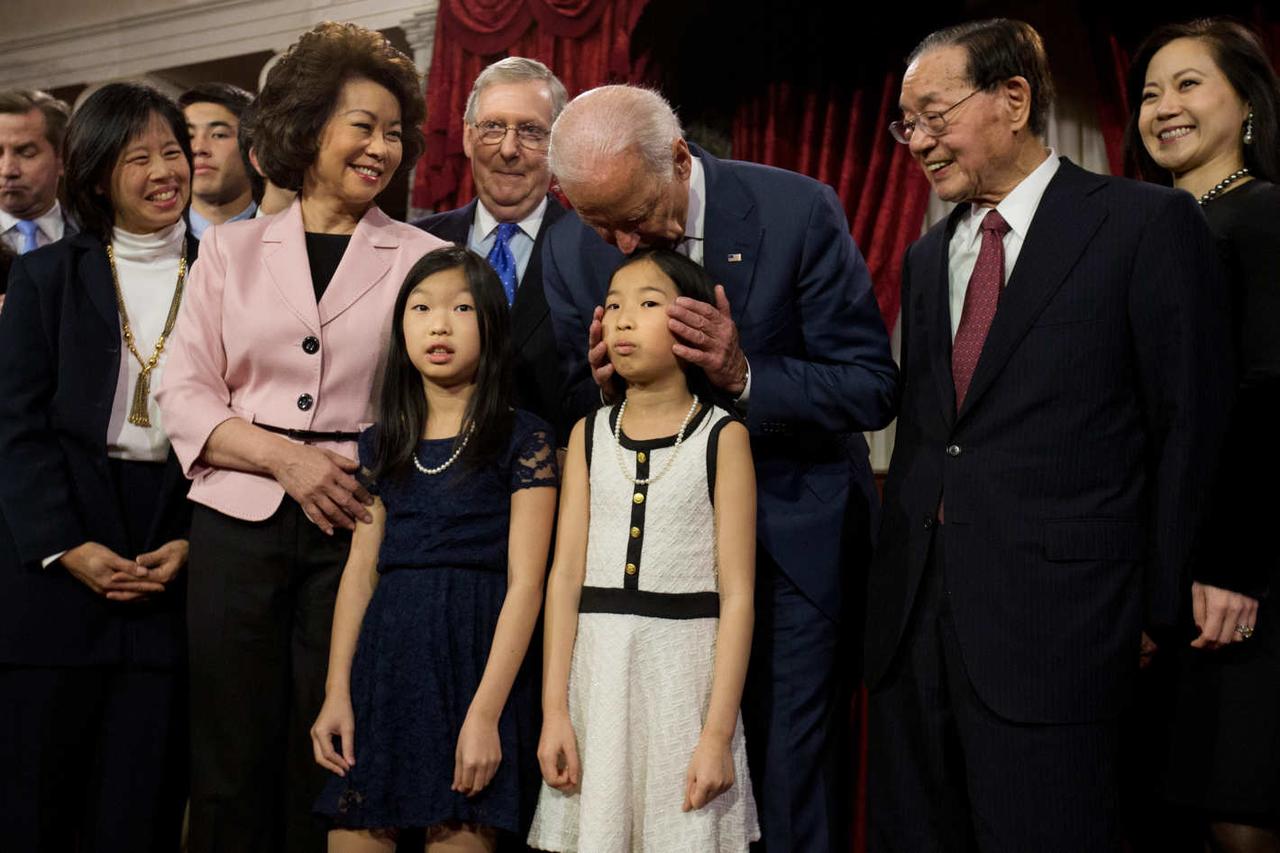
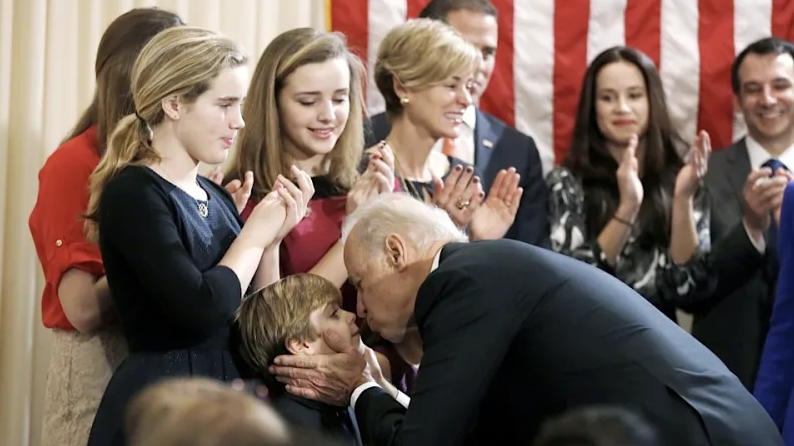
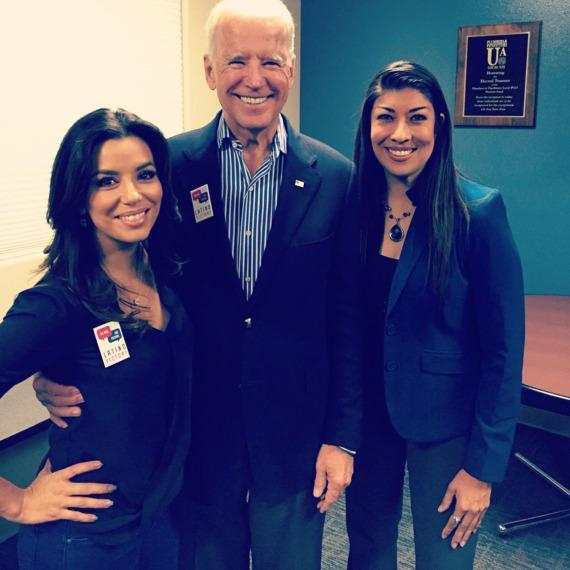
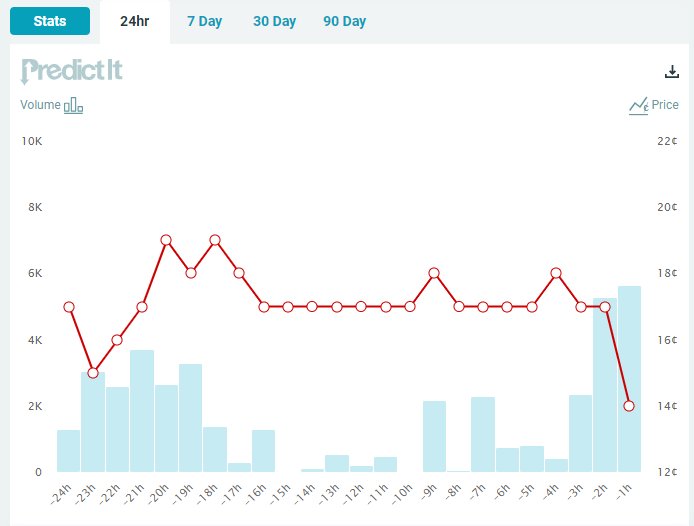
 Several women have accused former Vice President Joe Biden, a likely 2020 contender, of inappropriate physical conduct.
Several women have accused former Vice President Joe Biden, a likely 2020 contender, of inappropriate physical conduct. Even by his “
Even by his “